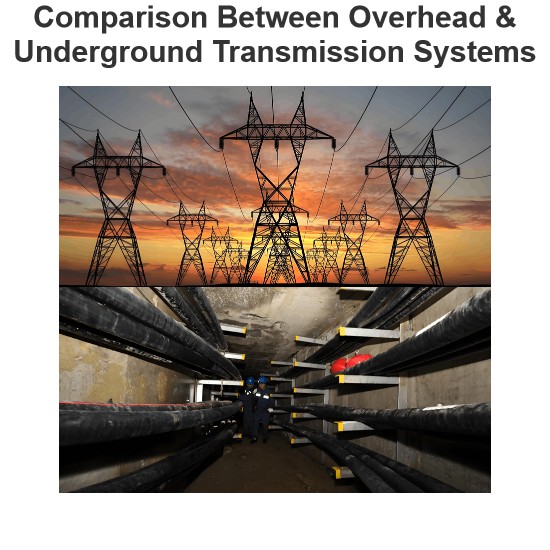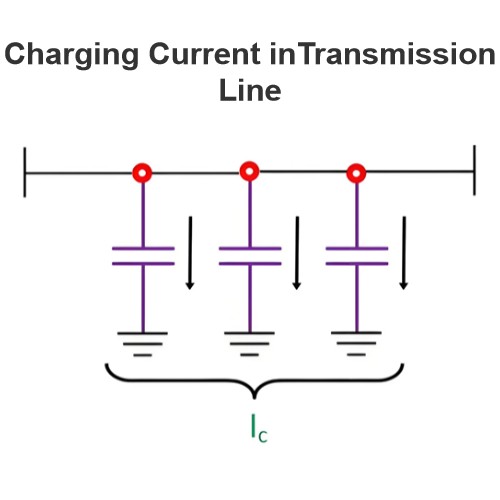What are control cables, and where are they commonly used?
Control cables (Control Cable) are specialized cables designed to transmit low-voltage signals, control commands, and monitoring information. Unlike power cables, which carry high currents, control cables primarily handle the transmission of electrical signals. Therefore, they typically have smaller conductor cross-sectional areas, usually ranging from 0.5mm² to 2.5mm². The primary function of control cables is to ensure that various devices within control systems can accurately receive and send signals, enabling precise control and monitoring.
Main Components of Control Cables:
Conductors: Typically composed of multiple fine copper strands, used to transmit electrical signals. The number of conductors depends on specific application requirements, with common configurations including 2-core, 4-core, 6-core, 8-core, etc.
Insulation Layer: Wrapped around the conductors, providing electrical isolation to prevent signal interference and short circuits. Common insulation materials include PVC (Polyvinyl Chloride), PE (Polyethylene), and XLPE (Cross-linked Polyethylene).
Shielding Layer (Optional): To reduce electromagnetic interference (EMI) and radio-frequency interference (RFI), many control cables feature a metallic braid or aluminum foil shielding layer. Shielding enhances signal stability and resistance to interference.
Outer Sheath: The outermost protective layer, typically made from materials with good weather resistance, wear resistance, and flame retardancy, such as PVC or LSZH (Low Smoke Zero Halogen). The sheath protects the internal structure from mechanical damage, chemical corrosion, and environmental factors.
Common Applications of Control Cables
Control cables are widely used in various industrial, commercial, and residential settings, particularly in scenarios requiring precise control and signal transmission. Below are some typical applications:
1. Industrial Automation Systems
PLC (Programmable Logic Controller): Control cables connect PLCs to sensors, actuators, variable frequency drives (VFDs), and other devices, enabling data acquisition, logic control, and device operation.
DCS (Distributed Control System): In large-scale industrial processes, control cables link the central control room to field devices, transmitting control commands and monitoring data.
SCADA (Supervisory Control and Data Acquisition): Control cables facilitate remote monitoring and control of distributed equipment, such as pumps, valves, and motors.
2. Power Systems
Substations: Control cables connect relay protection devices, circuit breakers, disconnect switches, and other equipment, transmitting control signals and status feedback.
Power Plants: Control cables monitor and control the operation of generating units, transformers, switchgear, and other critical components, ensuring stable power generation.
Distribution Systems: Control cables connect distribution panels, smart meters, circuit breakers, and other devices, enabling automated power distribution management.
3. Buildings and Infrastructure
Building Automation Systems: Control cables connect various control systems within buildings, such as lighting control systems, HVAC systems, fire alarm systems, and access control systems, enabling intelligent management and energy efficiency.
Elevators and Escalators: Control cables connect the elevator control system, safety devices, and floor buttons, ensuring safe operation and precise stopping.
Security Systems: Control cables connect cameras, alarms, access controllers, and other devices, transmitting video signals and control commands.
4. Transportation and Traffic
Railway Signaling Systems: Control cables connect track signaling equipment, turnout controllers, and train automatic control systems, ensuring safe train operations and scheduling.
Airports and Ports: Control cables connect baggage handling systems, jet bridges, cargo loading equipment, and other facilities, enabling efficient logistics and operational control.
5. Communication and Networking
Data Centers: Control cables connect servers, switches, routers, and other network devices, transmitting control signals and management commands to ensure proper network operation.
Broadcast and Television Systems: Control cables connect cameras, audio equipment, switchers, and other devices, transmitting control signals and synchronization information to ensure smooth program production and broadcasting.
Selection Criteria for Control Cables
When selecting control cables, several factors should be considered based on the specific use environment and application requirements:
Working Voltage: Control cables typically operate at lower voltages, with common rated voltages of 300/500V, 450/750V, etc. Choose a cable suitable for the maximum voltage in your application.
Number of Conductors: Select the appropriate number of cores based on the number of signals to be transmitted. For example, simple on/off control may require only a 2-core cable, while complex automation systems may need more cores.
Shielding Requirements: If the cable will be installed in environments with strong electromagnetic interference (e.g., near VFDs or motors), choose a shielded control cable to reduce signal interference and ensure stable signal transmission.
Environmental Conditions: Consider the installation environment, including temperature, humidity, chemical exposure, and mechanical wear. For harsh environments, select control cables with special jacket materials (e.g., LSZH, PVC with steel armor) to enhance durability.
Fire Performance: In locations with high fire safety requirements (e.g., high-rise buildings, subway stations, tunnels), choose control cables with flame-retardant or low-smoke zero-halogen properties to minimize fire risks and ensure personnel safety.
Summary
Control cables are an essential component in modern automation, power, and communication systems, primarily used for transmitting low-voltage signals, control commands, and monitoring information. They are widely applied in industrial automation, power systems, building infrastructure, transportation, and communication sectors. When selecting control cables, consider factors such as working voltage, number of conductors, shielding requirements, environmental conditions, and fire performance to ensure the reliability and safety of the system.
The Electricity Encyclopedia is dedicated to accelerating the dissemination and application of electricity knowledge and adding impetus to the development and innovation of the electricity industry.













